MOD Devices’ open-source pedals play a different tune
Berlin-based Mod Devices creates a new generation of multipurpose audio tools
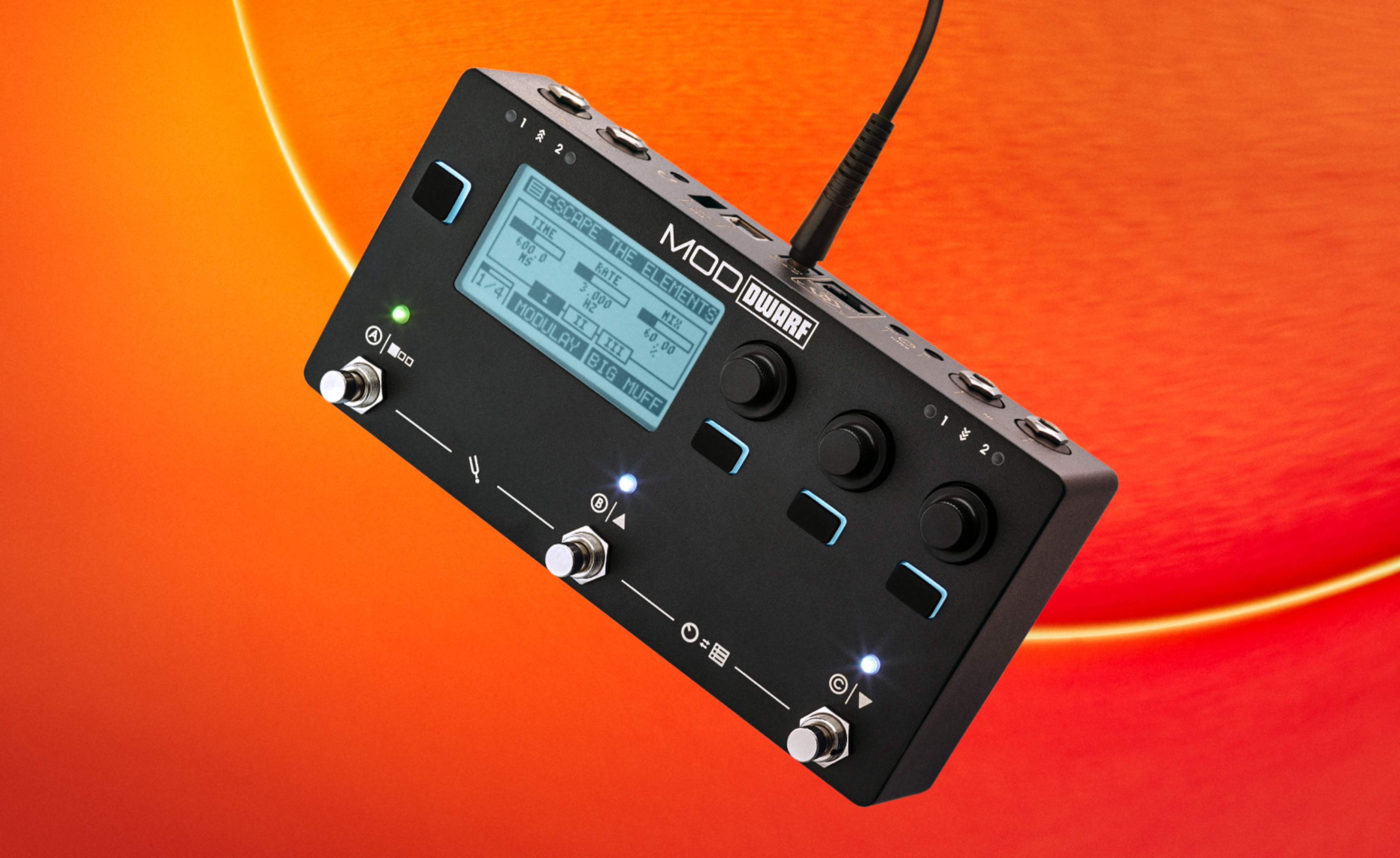
Amos Fricke - Photography
Our tech landscape may be dominated by carefully manicured walled gardens overseen by zealous tech titans, but at the coalface of creative tinkering, restrictions are the death of innovation. The future of sound is open source. The Berlin-based Mod Devices subscribes to the ethos that systems should be open to those with the time and skills to make a change. Mod builds effects processors for musicians of all stripes, with each device a building block for an unlimited sonic world. In layman’s terms, its digital boxes sit between instrument and amplifier, allowing players to layer different effects in infinite numbers of ways, as well as create their own.
‘I play the guitar and have tinkered with computers since 1990,’ says Gianfranco Ceccolini, who set up Mod Devices in Brazil in 2014. ‘When the first digital multi-effects units emerged in the 1990s, I tried many of them and was disappointed. They might have been digital, but the products were still very analogue, with pre-defined functions and no way to reprogramme them.’ Ceccolini’s dream was a processor that could run his own software.
Mod’s first product was the Quadra, a compact box aimed primarily at guitarists and bass players that wanted convenience and flexibility in one small package. Today, the company is 13-strong and has three core products, the Duo, Duo X and the new Dwarf, along with a burgeoning range of accessories. Half the workforce is based in Berlin’s House of Music, a former train depot that’s home to a number of music tech firms, while the rest work remotely around the world. Mod’s devices come to life when connected to a computer. Using a skeuomorphic interface, users build up complex chains of effects from around 400 options, from delays and reverbs through to synthesisers and sequencers. The resulting virtual ensemble, or pedalboard, is saved into the pedal, which can be used as a standalone device away from the computer, with a variety of ways to tweak and shape the sounds.
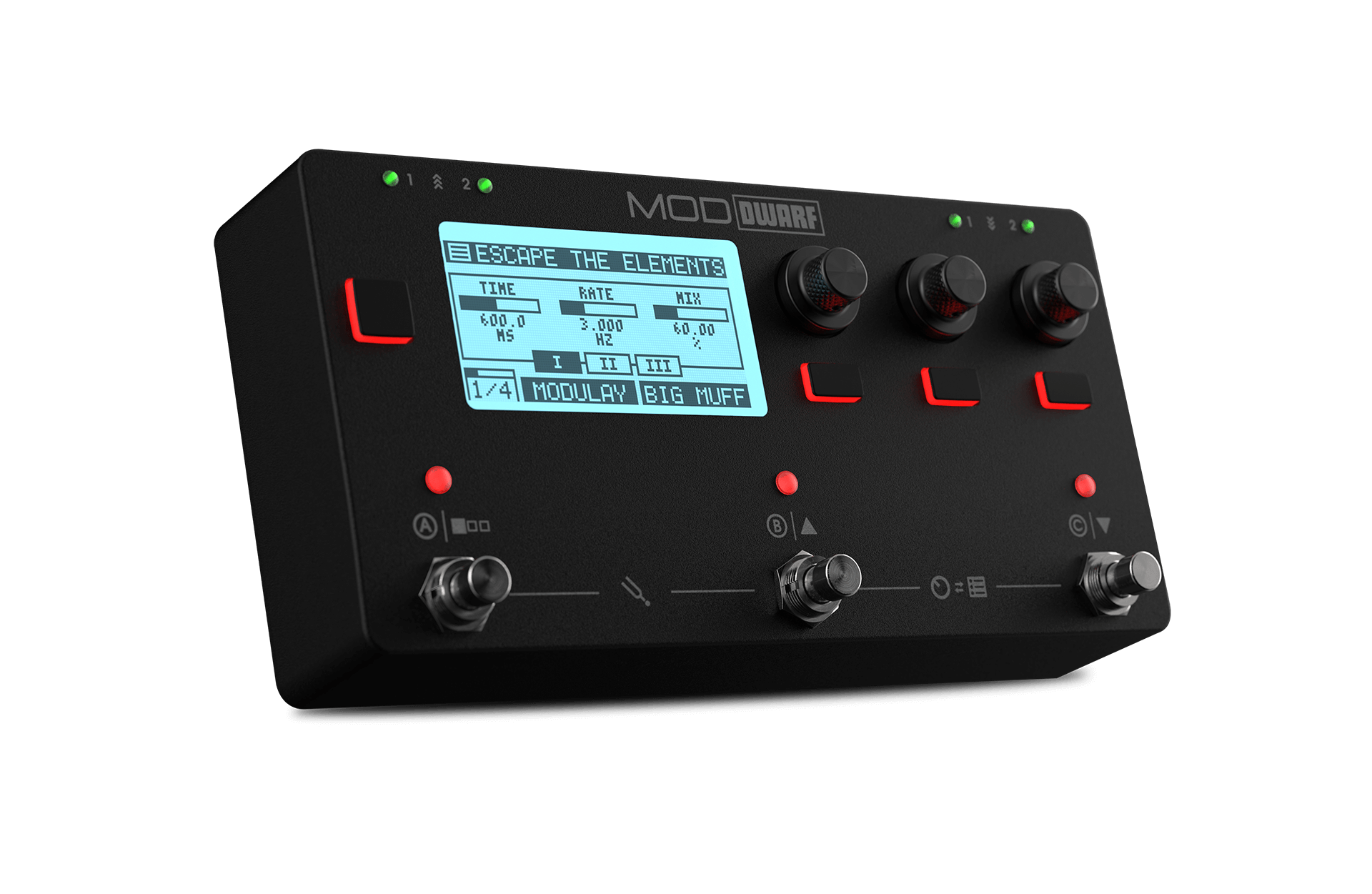
The Dwarf is a rugged, all-metal unit designed for simplicity on stage and flexibility in the studio
Mod’s industrial and graphic design ethos grew out of its ‘off-the-shelf’ approach, bringing together high-quality components with a Braun-like simplicity. ‘We’re highly driven by function,’ says Ceccolini. ‘I believe this is what makes our products so minimalistic compared to what they offer in terms of features. Ruggedness and durability are also important, because a musician needs to trust their equipment absolutely. In some ways, making hardware has never been so easy,’ he adds. ‘3D printing, fast prototyping and low-volume production are all accessible realities.’
To date, Mod has crowdfunded its prototypes, building up a buzz before selling through selected dealers. ‘We’re essentially a new segment for musical instruments, standing between traditional self-contained devices and laptops,’ says Ceccolini. ‘In the future, more and more creative people will be able to use technology that was designed with a very specific use in mind. Our purpose is to enable anyone to achieve any sound in any musical context.

A typical MOD Dwarf virtual pedalboard: unlimited sounds can be created by connecting over 400 different plugins
INFORMATION
Wallpaper* Newsletter
Receive our daily digest of inspiration, escapism and design stories from around the world direct to your inbox.
Jonathan Bell has written for Wallpaper* magazine since 1999, covering everything from architecture and transport design to books, tech and graphic design. He is now the magazine’s Transport and Technology Editor. Jonathan has written and edited 15 books, including Concept Car Design, 21st Century House, and The New Modern House. He is also the host of Wallpaper’s first podcast.
-
 Tour the best contemporary tea houses around the world
Tour the best contemporary tea houses around the worldCelebrate the world’s most unique tea houses, from Melbourne to Stockholm, with a new book by Wallpaper’s Léa Teuscher
By Léa Teuscher
-
 ‘Humour is foundational’: artist Ella Kruglyanskaya on painting as a ‘highly questionable’ pursuit
‘Humour is foundational’: artist Ella Kruglyanskaya on painting as a ‘highly questionable’ pursuitElla Kruglyanskaya’s exhibition, ‘Shadows’ at Thomas Dane Gallery, is the first in a series of three this year, with openings in Basel and New York to follow
By Hannah Silver
-
 Australian bathhouse ‘About Time’ bridges softness and brutalism
Australian bathhouse ‘About Time’ bridges softness and brutalism‘About Time’, an Australian bathhouse designed by Goss Studio, balances brutalist architecture and the softness of natural patina in a Japanese-inspired wellness hub
By Ellie Stathaki
-
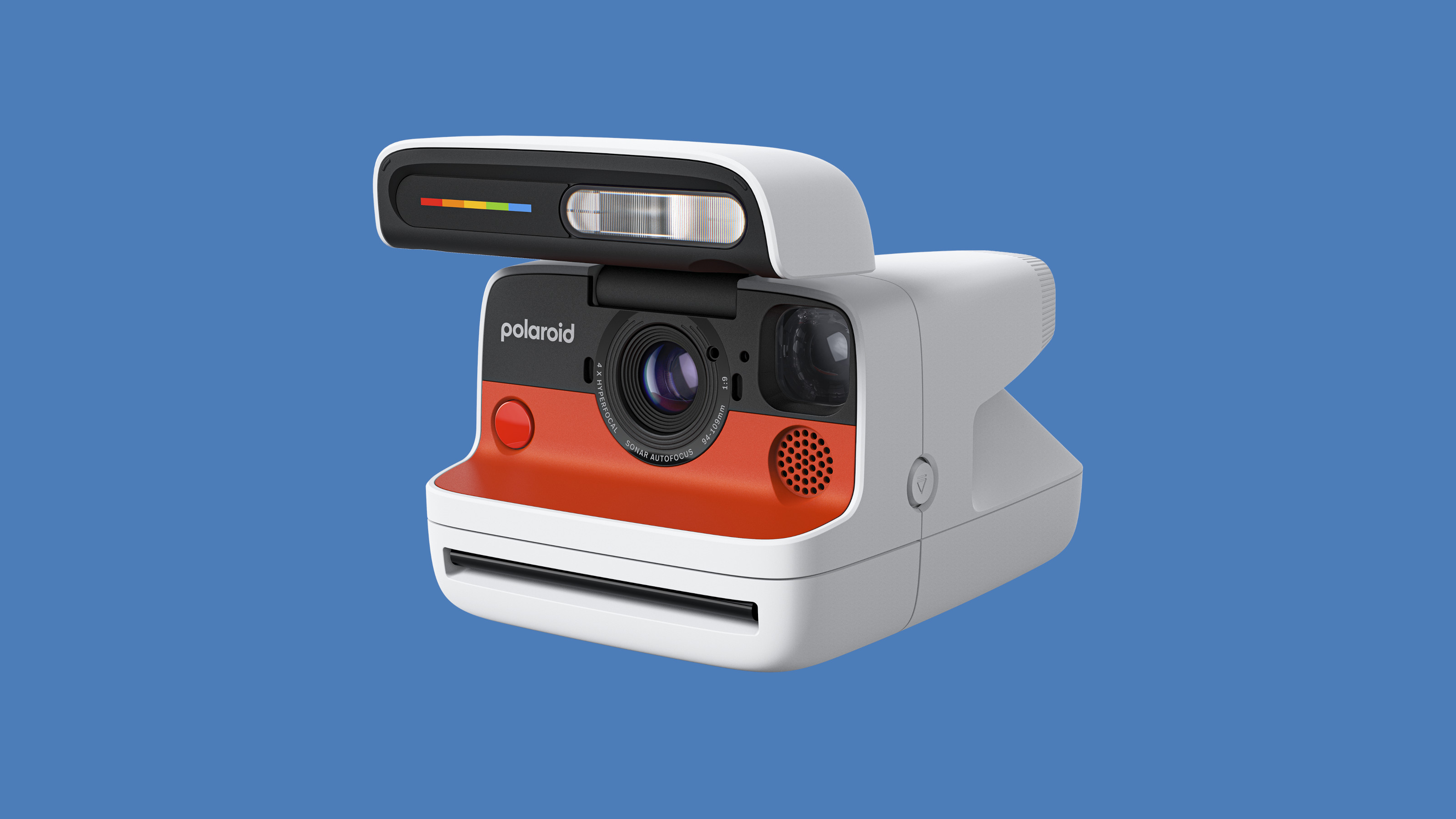 The new Polaroid Flip unfolds to bring you pin-sharp instant photography
The new Polaroid Flip unfolds to bring you pin-sharp instant photographyPolaroid announces the Flip, an instant camera that blends its evergreen film technology with better results and more control
By Jonathan Bell
-
 Could putting pen to reMarkable’s Paper Pro tablet make you more creative and less stressed?
Could putting pen to reMarkable’s Paper Pro tablet make you more creative and less stressed?Design Museum director Tim Marlow extols the power of ‘scribbling’, and is backed up by new research from reMarkable on the benefits of its paper tablet
By Simon Mills
-
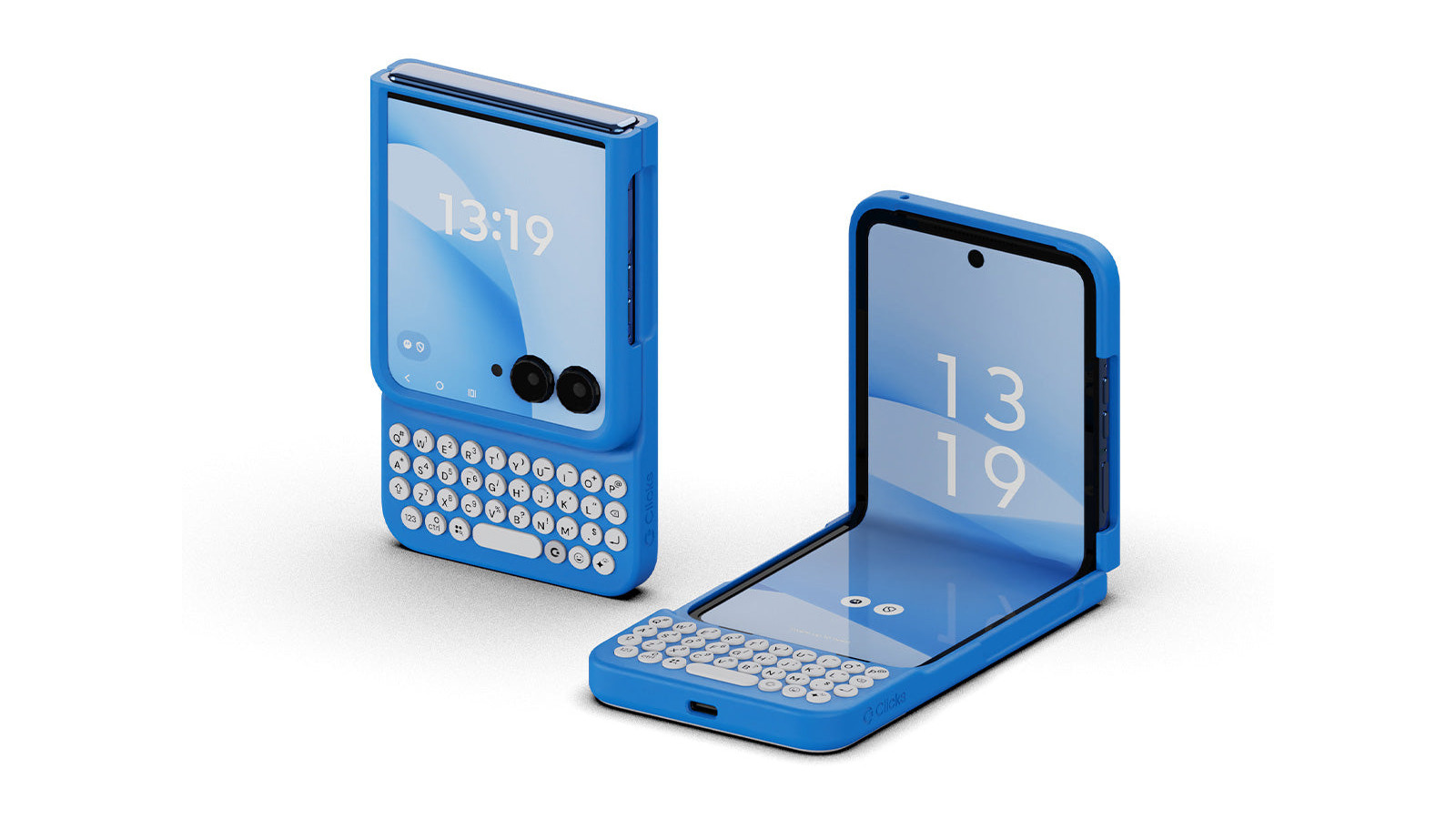 Clicks creates keyboard cases for iPhones – now they're also available for three Android flagships
Clicks creates keyboard cases for iPhones – now they're also available for three Android flagshipsSmartphones get a new lease of life with Clicks, which brings a Blackberry-style keyboard to today’s cutting-edge Apple and Android devices
By Jonathan Bell
-
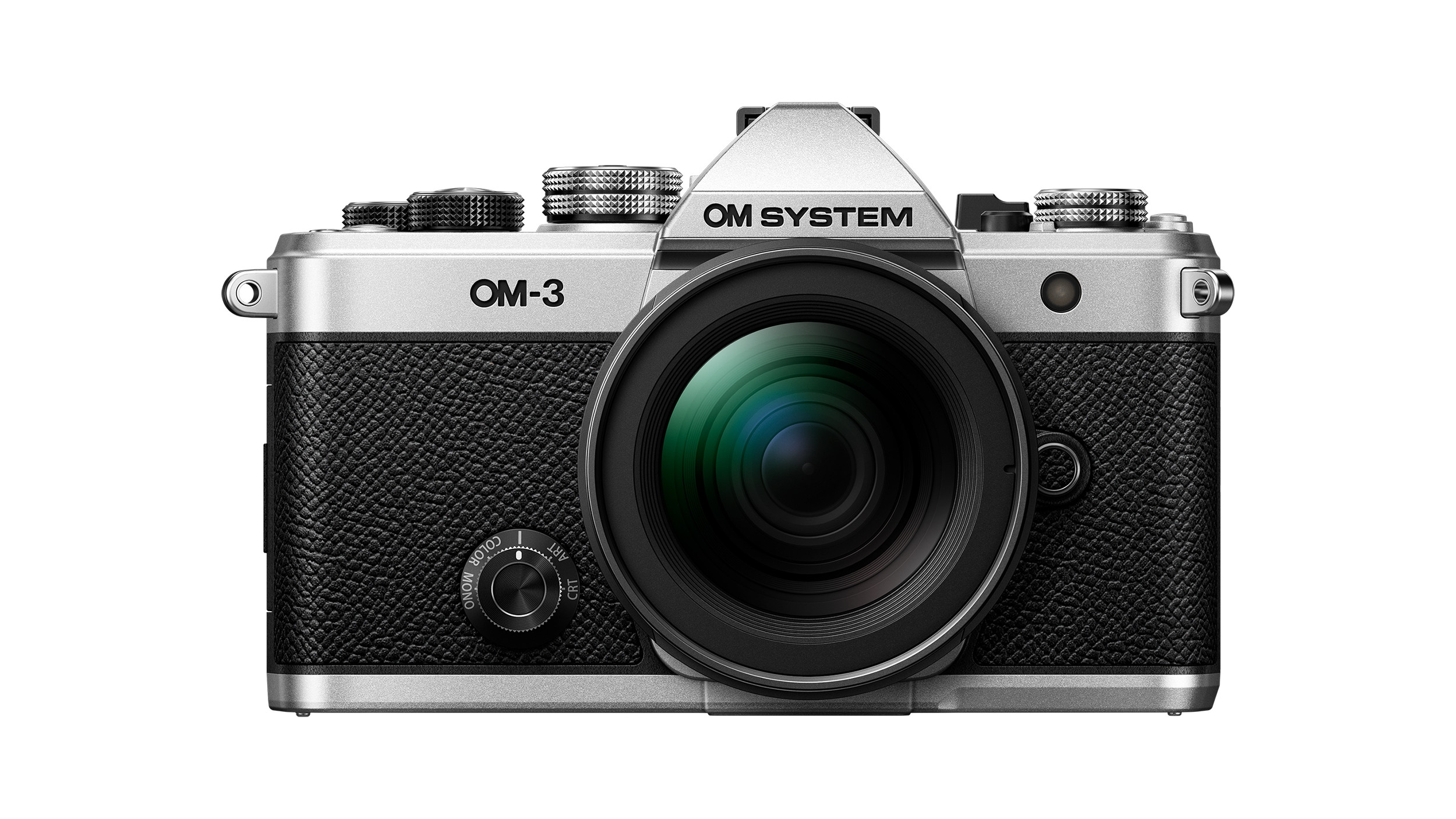 The OM System OM-3 camera blends heritage design with cutting-edge technology
The OM System OM-3 camera blends heritage design with cutting-edge technologyThe OM-3 from OM System is the newest must-have mirrorless camera design, classically styled and comprehensively equipped to create the ultimate contemporary digital camera
By Jonathan Bell
-
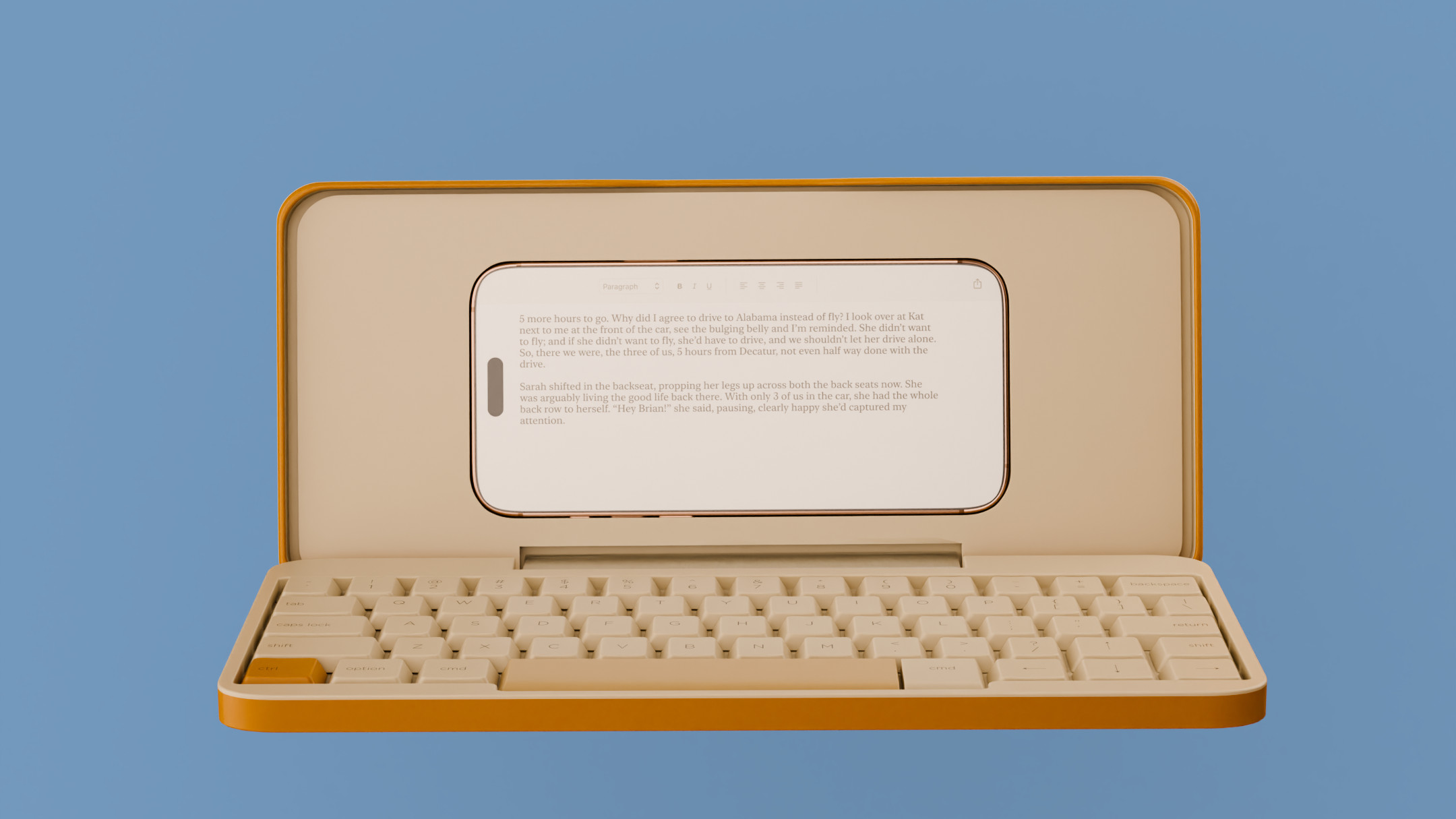 Type without the tyranny of distractions: eight new ways to get the words out
Type without the tyranny of distractions: eight new ways to get the words outLooking for a way to divert you from doom-scrolling? This selection of eight distraction-free typing devices will keep you offline and away from the socials to help you meet that deadline
By Jonathan Bell
-
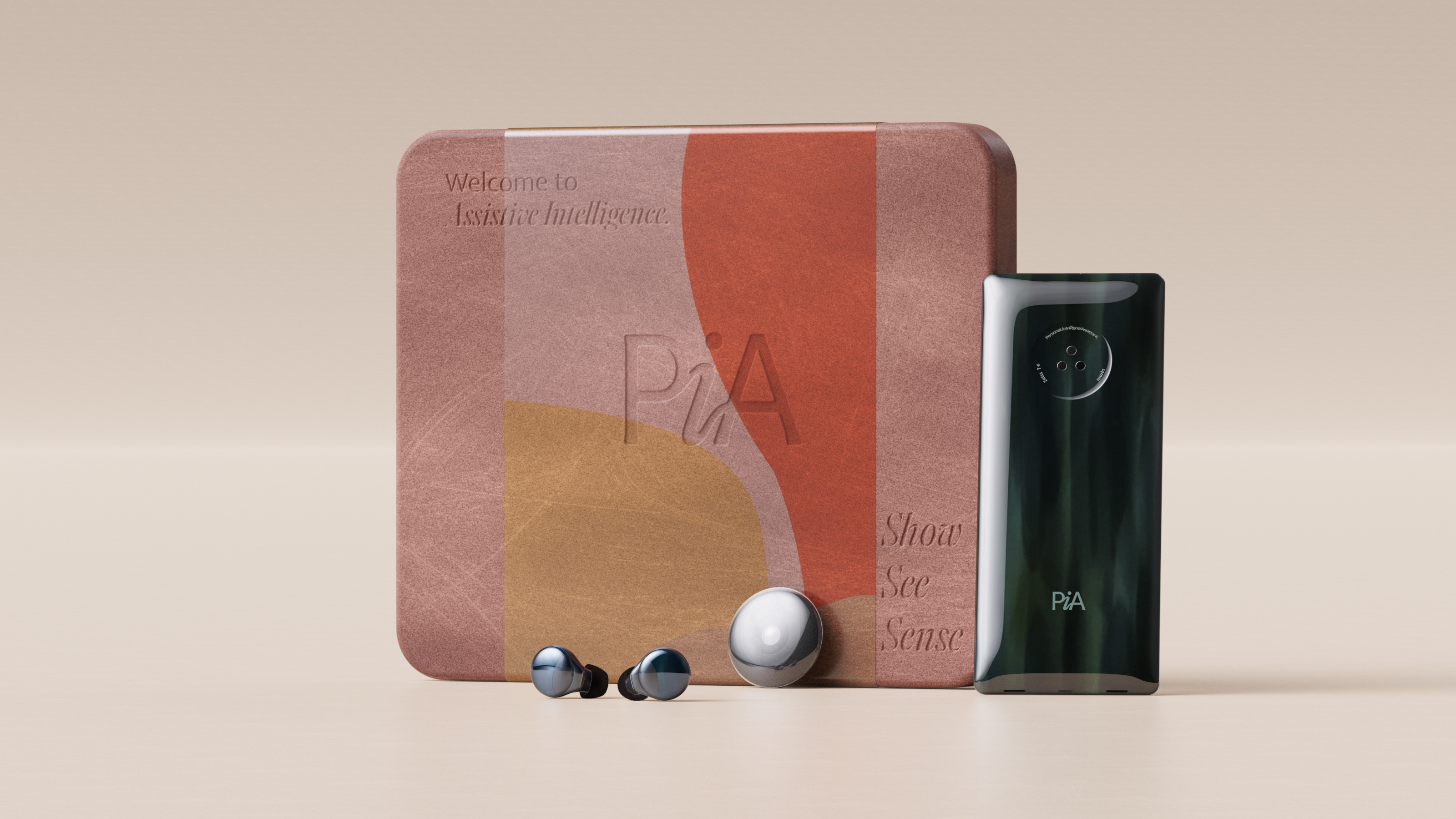 Layer conceptualises a next-gen AI-powered device: introducing the PiA
Layer conceptualises a next-gen AI-powered device: introducing the PiAPiA, the Personal Intelligent Assistant, is a conceptual vision of how AI might evolve to dovetail with familiar devices and form factors
By Jonathan Bell
-
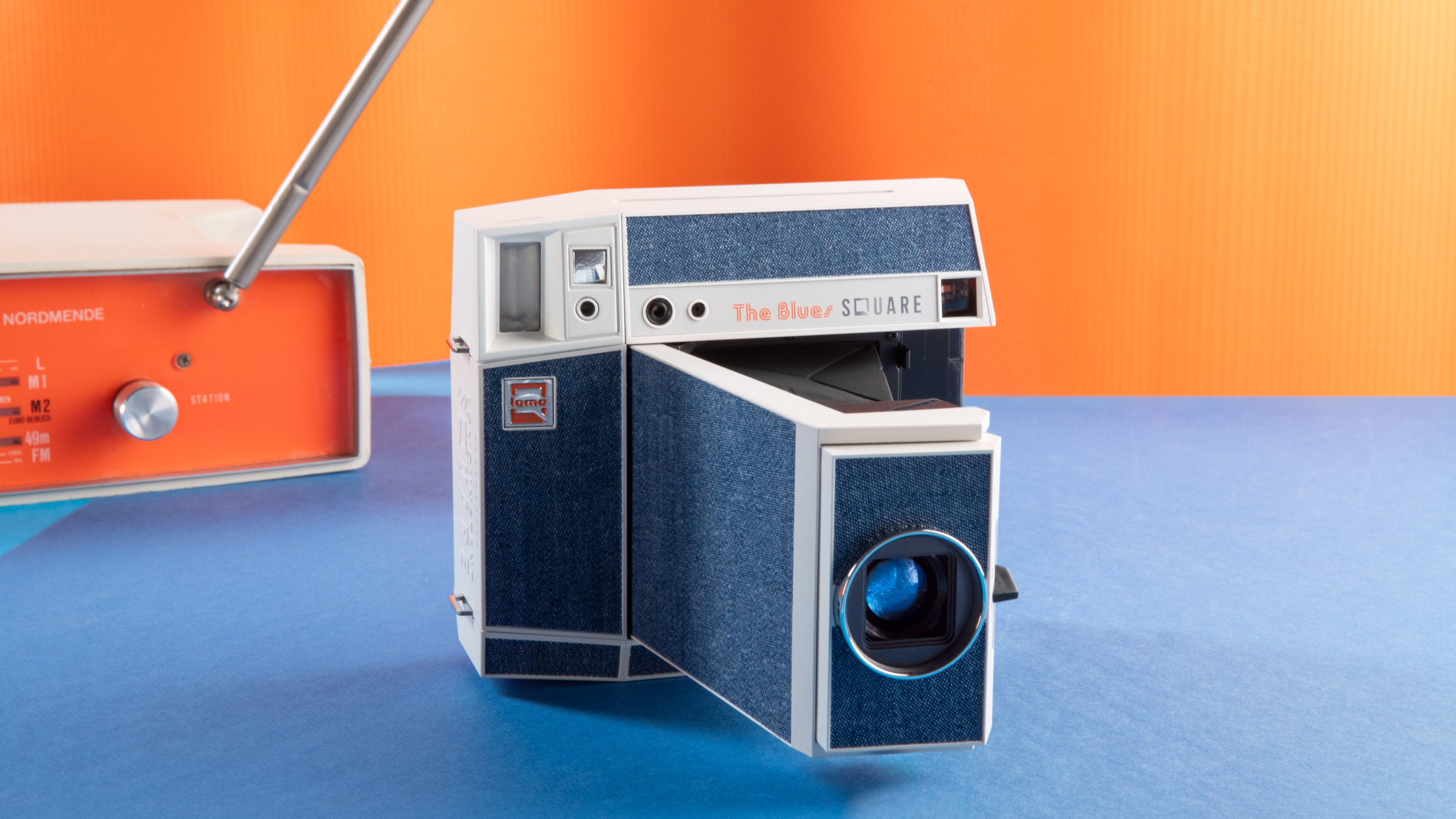 Point, shoot and process with Lomography’s two new colourful Instax camera editions
Point, shoot and process with Lomography’s two new colourful Instax camera editionsWith the Pemberley and The Blues editions, the Lomo’Instant Square Glass camera provides stylish and pocketable analogue photography
By Jonathan Bell
-
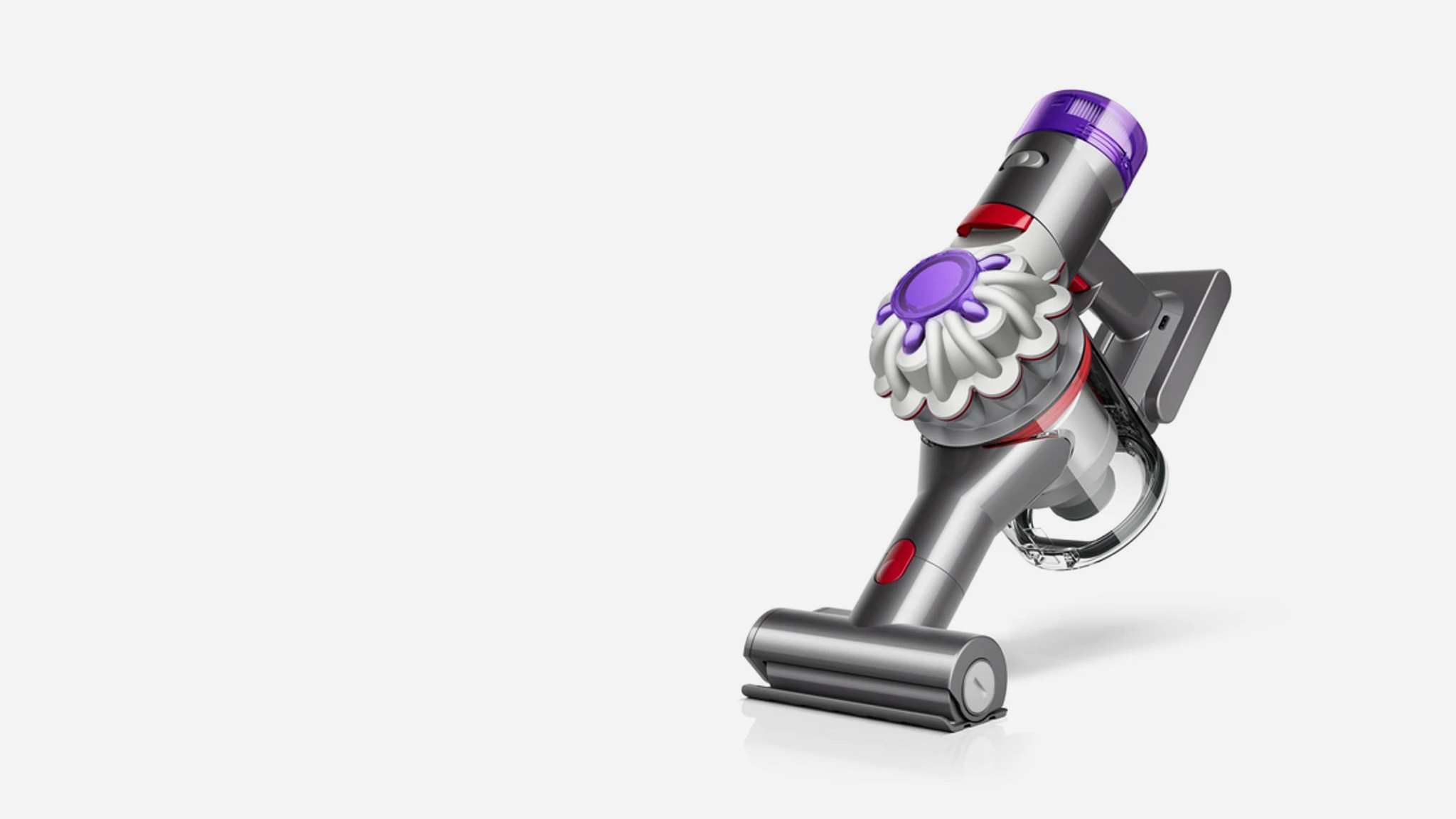 We put the new ultra-compact Dyson Car+Boat handheld vacuum through its paces
We put the new ultra-compact Dyson Car+Boat handheld vacuum through its pacesA cordless handheld vacuum pitched at a plethora of tasks, Dyson has tasked the new Car+Boat with far-reaching functionality without compromising performance
By Jonathan Bell